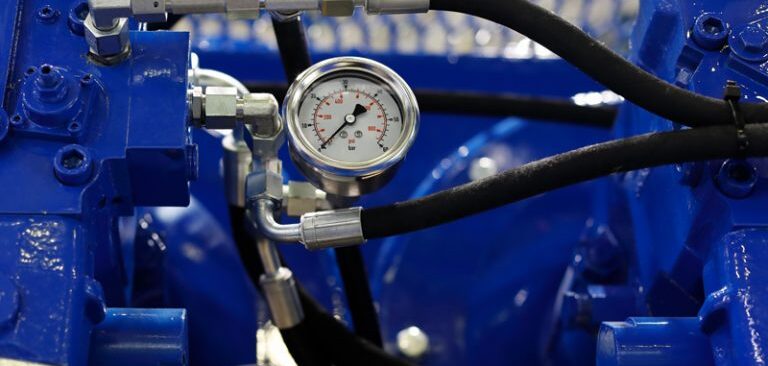When an air compressor breaks down, productivity may decline or stop altogether. Fortunately, there are things you can check on your own to decide if you have a serious compressor problem or something that can be fixed quickly. It’s important to remember when troubleshooting to always follow safety SOPs and wear necessary protective equipment.
Below are some common issues air compressors experience and how to troubleshoot them:
Air Compressor Isn’t Starting
Even though you press the button, nothing happens. You might have an electrical problem or your compressor’s safety feature might have tripped.
- System Display- does it show any errors?
- Wiring system- check for wrong lead connections
- Power supply and fuses
- Temperature shut down switch
- Oil level
- Motor starter overload heaters
The Air Compressor is Starting, But it Isn’t Staying On
Initially your air compressor seems fine and starts up as it should, but you notice it’s only staying on for a short amount of time. A likely cause of this is an overheated system.
Check the:
- Oil level, cooler and filter
- Discharge temperature setting switch
- Temperature shutdown switch
- Motor starter overload heaters
- Thermostatic mixing valve (rotary screw compressor)
- Temperature of the ambient air and room ventilation
My Air Compressor is Running, But It’s Very Loud
Typically, the culprit of a noisy air compressor is a loose, broken or worn-out part. You will need to check the following:
- Oil levels
- Belts, bolts, flywheel/pulley, drive couplings that may have come loose
- Issues with compressor floor mounting
- Main or connecting rod bearing issue (reciprocating compressor)
- Main bearing issue (rotary screw compressor)
The Air Compressor Seems to be Using Excess Oil
One of the main things that causes an air compressor to use too much oil is a leak somewhere in the system. Here are some usual places you may find a leak:
- Drain valve/plug or shaft seal
- Return line that is clogged, loose or broken (rotary screw compressor)
- Air/oil element that is ruptured (rotary screw compressor)
- Worn out piston rings or cylinders (reciprocating compressor)
The Air Compressor Isn’t Building Up Enough Pressure
Different applications require a specific amount of pressure to power a tool or complete a task. If your air compressor isn’t building enough pressure, it won’t be able to keep up. Here are some things to look for:
- Is there a leak in the hose or piping?
- Look for any leaks downstream
- Double check that the inlet valve isn’t blocked or broken
- Make sure controls are properly adjusted
- If your air compressor has belts, make sure they’re tightened properly
- Clean or replace the air filter
It’s crucial to adhere to fundamental safety precautions when troubleshooting. Be sure you are following safety procedures and wearing any necessary protective gear. Before trying to diagnose the problem, always open the main disconnect switch and turn off all electricity to the appliance. Follow “Lock Out” or “Tag Out” procedures. Also, before removing components or breaking any lines, remember to release the system’s pressure.
Contact Harris if you’re having compressor problems and need help figuring out why your compressor isn’t working.

